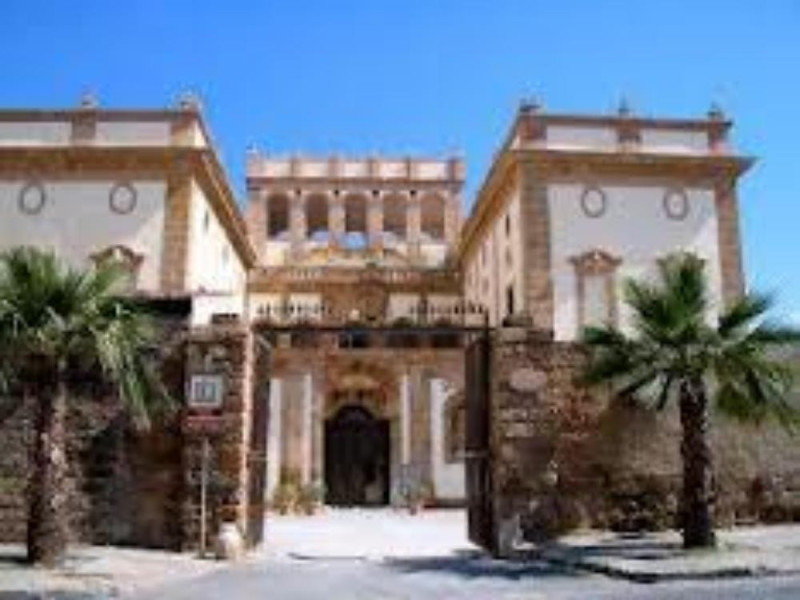Destinazioni - Comune
Bagheria
Where
Bagheria (Palermo)
Bagheria (Baarìa in Sicilian) is a town and comune in the Province of Palermo in Sicily, Italy.
Etymology
According to some sources, the name Bagheria (by way of old Sicilian Baarìa) originates from the Phoenician term Bayharia meaning "land that descends toward the sea." Other sources claim that it derives from the Arabic Bāb al-Gerib, or "windy gateway." However, the most plausible explanation is that it drives from Arabic بحرية baḥrīyah, meaning 'of the sea, marine'.
History
Since its founding, the town has gone by the names of Bayharia, Baharia, and Baarìa. In 1658 Giuseppe Branciforti, Prince of Butera and former Viceroy of Sicily, built a large villa and established the region as the preferred location for the vacation homes of Palermo's elites. Villas like the fortified Villa San Marco (designed by Andrea Cirrincione) with angled bastions and a drawbridge soon followed. The area experienced a boom in villa building roughly coinciding with the period of Savoyard (1713–21) and Habsburg (1721–30) rule and continuing for several decades thereafter. The two most striking baroque residences, Villa Valguarnera and Villa Palagonia were designed by the architect Tommaso Maria Napoli in 1712 and 1715 respectively. Both were completed only decades later. Napoli had been influenced by his experiences in Rome and Vienna and this is reflected in his designs. Other architects and clients like the Giuseppe Mariani and the Prince of Aragona also looked to prints of Roman exemplars when constructing the Villa Aragona (now Cutò) in 1714. By 1763 tastes were changing. The Villa Villarosa, supervised by the young G.V. Marvuglia, was directly modelled on more neoclassical plans published by Jean-François Neufforge in 1760.
In 1769 one of the descendants of the original Prince of Butera redesigned his estate into a well planned town, allowing him to collect rents from the inhabitants. Bagheria was a preferred stopping point for Europeans pursuing the Grand Tour in Sicily including Patrick Brydone, Goethe, John Soane, K. F. Schinkel and many others.
In the 20th and 21st centuries the Baroque and Neoclassical character of Bagheria has been largely obscured by unregulated building.
Main sights
Villa Palagonia, renowned for its complex external staircase, curved façades, and marble. Designed by Tommaso Maria Napoli, it is today open to the public.
Other notable building include Villa Butera, Villa Valguarnera, Villa Trabia, Villa Spedalotto, Villa San Cataldo, Villa Villarosa, Villa San Marco, Villa Filangeri, Villa Sant'Isidoro, Villa Ramacca, Villa Serradifalco, Villa Larderia, Villa Campofranco.
The Museum of the painter Renato Guttuso with a permanent exhibition of his work is placed in Villa Cattolica. A famous collection of old sicilian toys, il Mueso di Giocattolo di Pietro Piraino, is placed in Villa Cuto.
Religion
Although the official feast day of St. Joseph, the town's patron saint, is March 19, it is celebrated in Bagheria the first Sunday of August; religious celebrations are held throughout the week leading up to Sunday, when more solemn ceremonies are initiated; the following Monday evening festivities conclude with a fireworks display.
Culture
Bagheria was the birthplace of many well-known 20th century figures: poet Ignazio Buttitta, photographer Ferdinando Scianna, artists Renato Guttuso and Nino Garajo (1918—1977, Rome), and film director Giuseppe Tornatore. Tornatore portrayed his love for his town in the multiple award winning film Nuovo Cinema Paradiso in 1989 and the 2009 film Baarìa, featuring the history of the town from the 1930s to the 1980s through the life of a local family.
The town is also depicted in the The Godfather Part III.
References
External links
Chisholm, Hugh, ed. (1911). "Bagheria". Encyclopædia Britannica (11th ed.). Cambridge University Press.

